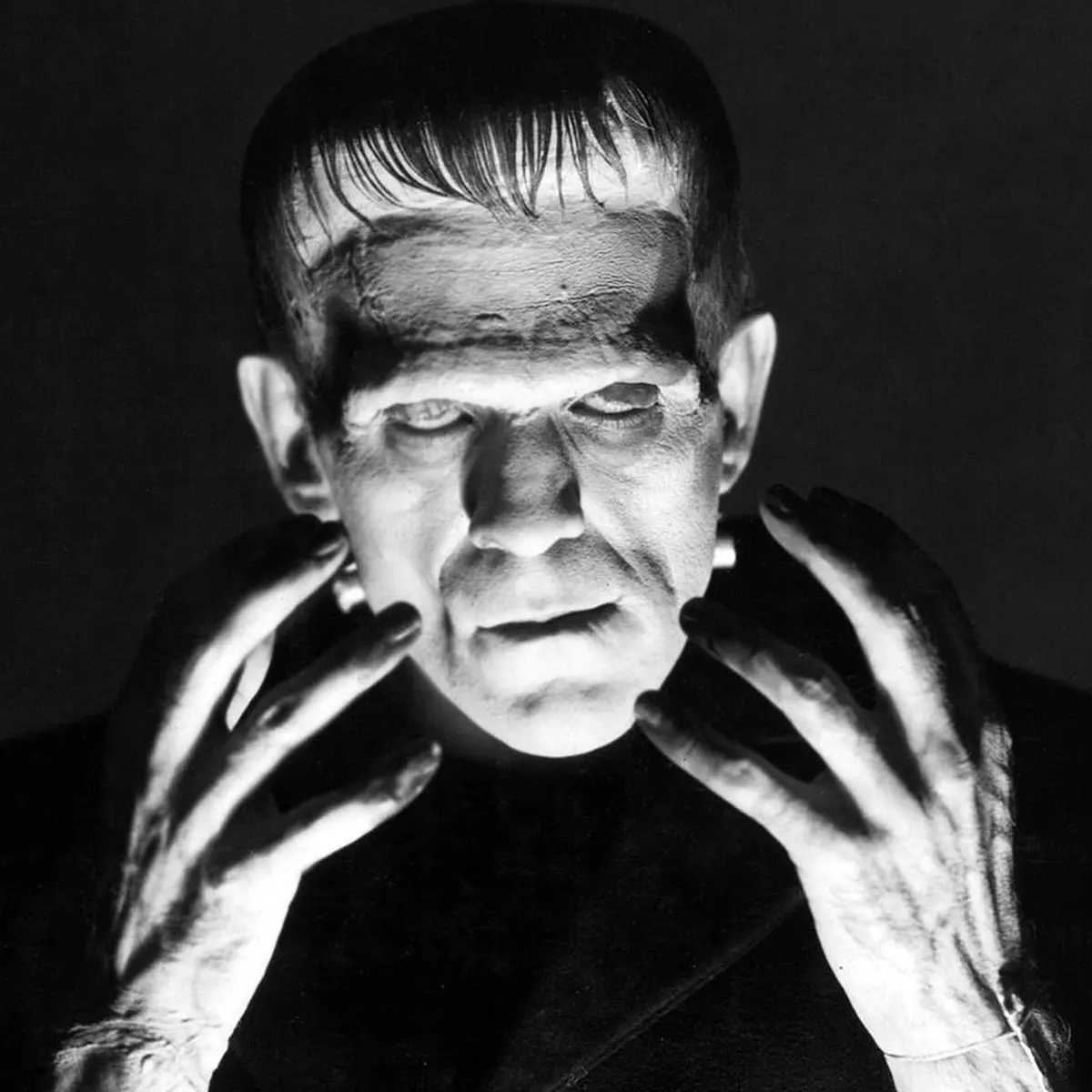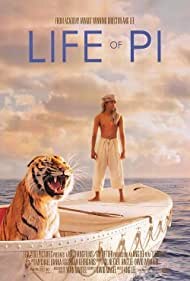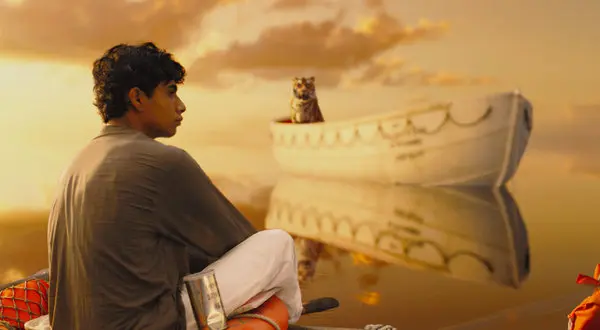Introduction to Mass Media and Mass Communication
- What is communication?
Communication means the practise of encoding
information through sounds, symbols, and actions in order to transmit that
information to others. It also means to decoding the information and
interrupting it to give it meaning.
- What is Mass Communication?
By Mass Communication, we mean communicating with many
people, perhaps million of people, often simultaneously. Mass communication is
supported by 'New Ways of Communication'. It is all about new media. By new media,
we are able to transmit same message to very large number of people within no
time.
History of Mass Media:
> The first event in Mass
communication was movable type and printing press.
> The same media originated
in China about 600 years earlier
> The first book published
by Gutenberg was Bible in 1455
Mass Communication is the study of how people pass
the information to the large segment of population.
Word origin: Communication - Communes (Latin word) - Something common
Process of Communication:
- The sender
encodes the idea
- The sender
transmit the message
- The
receiver gets the message
- The
receiver decodes the message
- The
receiver sends feedback to the sender
Types of
Communication:
1) Intrapersonal Communication - communication with self
2) Interpersonal Communication - Communication between two
people
3) Group Communication
4) Mass Communication
5) Mass-Line communication
Functions of Media:
- To Inform - To educate - To entertain - Commercial - Transmission of heritage
Impact of Mass Media:
1. Personal 2. Psychological 3. Social 4. Moral 5. Cultural
Indian Communication theories:
(these indian theories are based on the classical texts and
popular indian culture )
1. Bharatmuni’s Theory
- Concept of Sadharikaran - Latin term ‘Communes’
- Bharatmuni’s Theory includes 9 Rasa and permanent mood.

2. Hindu Theory (philosophical view):
- The place of indiviual in the universal context and
considers one’s relationship with other
living and non-living elements of the environment. - ‘Virat Purush’ - Cosmic
Man
3. Buddhist Thoery:
- Vima Dassanayaka has talked about Philosophical traditions
and explained the process that, “How receiver makes sense of the stimuli’ he
argues that,
“Communication is an inward search
for meaning - a process leading to self - awareness, then to freedom,
finally to truth.”
- Western Communication Theories:
1. Laswell Model of Communication : Three functions
- Surveillance of environment
- Corelation of components of society
- Cultural transmission between generations
- Who(Communicator) - Says what(message) -
In which channel(medium) - To whom(receiver) - With what effect(feedback)
2. Shannon and Weaver Model : Effects oriented approach
- 5 parts
- Information source
- A transmitter
- A channel
- The receiver and the destination
- Noise
|
|
|
|
|
|
3. Osgood and Schramm Model
- Communication is all about sharing information, ideas and attitudes.
- 3 parts - Sourse - Message - Destination
4. Ritual Model Communication : James Caray - American anthropologist.
- Role of rituals in society - Social control
- Objective communication to transmission of message ] +
Social control
5. Communication as Dialogue : Paul Friere - Brazilian
educationalist
- This model challenges Aristotalian model of Communication
6. Communication as Power relationship : Marxist theory
- ideology
- ‘Conflict’ as the function of communication















